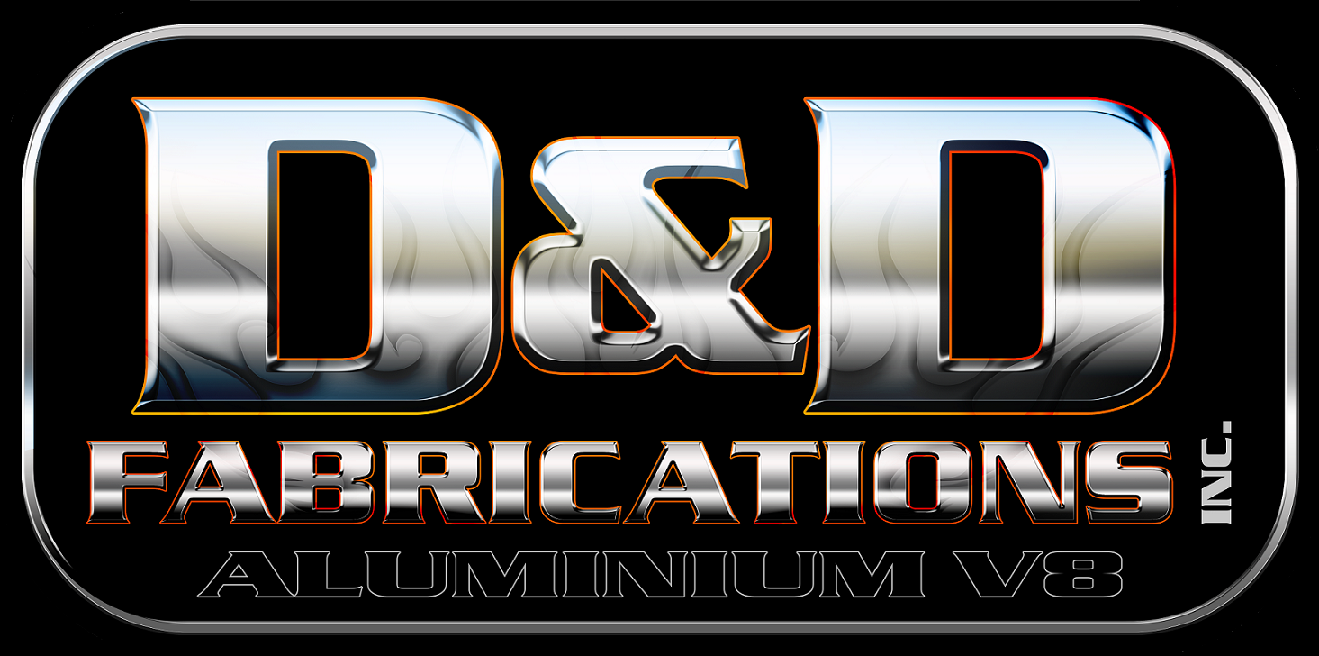

|
Buick/Olds/Rover 215 cubic-inch (3.5 liters) V-8 motor
|
||||||||||||||||||||||||||||||||||||||||||||||||||||||||||||||||||||||||||||||||||||||||||||||||||||||||||||||||||||||||||||||||||||||||||||||||||||||||||||||||||||||||||||||||||||||||||||||||||||||||||||||||||||||||||||||||||||||||||||||||||||||||||||||||||||||||||||||||||||||||||||||||||||||||||||||||||||||||||||||||||||||||||||||||||||||||||||||||||||||||||||||||||||||||||||||||||||||||||||||||||
|
The Buick/Olds/Rover 215 cubic-inch (3.5 liters) V-8 motor is one of the most fascinating and long-lived engines in automotive history. Originally conceived as an economy powerplant for GM mid-size cars, the "215" has been built in both the US and Great Britain, and has powered an astonishing array of vehicles, from sedans to sports cars, SUVs to racing cars. So, take a closer look at this history of this incredible engine, and check out the high-performance options available to the "215" enthusiast. “215” History
The Buick/Olds/Rover 215 cubic-inch (3.5 liters) aluminum V8 was originally announced in 1960 as a potential lightweight economy engine destined for General Motors new line of compacts: Buick Skylark, Olds Cutlass and Pontiac Tempest. First appearing in the 1961 model year, production ended in 1963 after over 3/4 million engines were produced. Two versions were available: Buick's model and the Olds, which featured different heads, valve train and valve covers. Pontiac used the Olds version. The reason production ended so soon was a high rejection rate during the casting process, as GM utilized pressure casting of the Reynolds 356 aluminum alloy around steel sleeves. The assembly was then heat-treated to T-6 condition; but the heat treating caused the steel sleeves to shift and thus rejection of the entire block. Eventually, GM cured the casting maladies, but the advent of new thin-wall iron casting techniques soon rendered the aluminum motor too expensive. The General quickly adapted the V8's architecture to cast-iron, lopping off two cylinders to create the workhorse Buick V-6. And in 1965, negotiated production rights with the British Rover Cars company. Rover, seeing the motor as its salvation for an aging product line, found that sand casting the block and installing press-in sleeves at a later point precluded any production problems. The engine went on to power the ancient P5 Rover sedan, then the modern 3500 (a transplant into the 2000 TC), and finally the legendary Range Rover. It continues to power Land Rover products today in 4.6 liter guise. The first company to realize the 215's performance potential was the exotic Apollo GT, a Ferrari-like sports car styled in America and built in Italy . Only 88 cars were sold before the company went under. The engine also found favor among European racing teams, powering several sports-racing cars (including the original McLaren), and in Repco-modified Olds form, propelling Sir Jack Brabham to two world Formula One championships in the mid 1960s (certainly NOT your father's Oldsmobile!). In 1969, the tiny Morgan company rejuvenated its archaic 1930's-era sports car by injecting it with the Rover V8. Zero-to-60 times of around six seconds were common... In 1970, MG (now part of the vast British Leyland empire and sister company to Rover) was looking to improve the performance of its MGB sports car. An outsider, Ken Costello, actually showed them how to do it, as he had begun small-scale production of V8-engined MGBs. MG's own version appeared in 1973, just in time for the first oil embargo, and lasted only two years. Only some 2591 cars were produced, all in "hard-top" GT form. Original "215" Configurations
The original 215 aluminum V8 appeared in the Buick Special and Skylark models, while the Old's version was offered in the Olds F-85, Cutlass, and Jetfire models as well as the Pontiac Tempest. The Buick version used only five bolts per cylinder to mount its heads, and the heads had a combustion chamber following contemporary Buick practice. The heads were also angled "upward" to create a "flat top" look common to Buick engines of the day. Buick altered compression ratios via piston height and design. You can bolt a Buick head to an Olds block. Olds engineers went their own route with cylinder head design, preferring a Chevy small block-like combustion chamber and an extra bolt (six in all) around each cylinder to mount the head. The valve cover was also more conventional looking. (Ken Costello built his first MGB V8 using an Olds engine picked up in Belgium !). The valve train is also different. Old used different heads with the same pistons to produce higher compression ratios. An Olds head will not work on a Buick block because of the extra head bolts. For performance applications, you'll want either 829 heads (10.25:1 C.R. for '61-'62 4 bbl auto and manual cars, '63 4 bbl manual cars), or 534 heads (10.75:1 '63 4-bbl automatics). Two bbl heads (No. 746) have low compression ratios and aren't suitable for any performance work. Rover Configurations
Managing director William Martin-Hurst purchased the rights to the Buick version of the 215, and set his engineers on improving production techniques. Rover began installing an improved version of the 215 in the ancient P5 Saloon (sedan) in 1967. The same motor was installed in the more modern P6 2000 to create the 3500 (3500 cc or 3.5 liters). It soon found its way into the new Range Rover of the 1970πs. A 3947 cc unit (created by increasing the bore to 94 mm) appeared in 1988 in the Range Rover, and later in the 1993 Discovery. A 4.2 liter motor soon appeared as the result of a longer-stroke crankshaft. In 1995, Rover launched the 4600 cc engine, using an even longer-stroke crank and a reengineering block with cross-bolted main caps. Components for early engines are virtually interchangeable with the 215. The 4.6 liter engine, however, is different. Read Dan LaGrou's:
INCREASING the DISPLACEMENT of the BUICK OLDS 215 Rod and Piston Options for Larger Motors
|
||||||||||||||||||||||||||||||||||||||||||||||||||||||||||||||||||||||||||||||||||||||||||||||||||||||||||||||||||||||||||||||||||||||||||||||||||||||||||||||||||||||||||||||||||||||||||||||||||||||||||||||||||||||||||||||||||||||||||||||||||||||||||||||||||||||||||||||||||||||||||||||||||||||||||||||||||||||||||||||||||||||||||||||||||||||||||||||||||||||||||||||||||||||||||||||||||||||||||||||||||